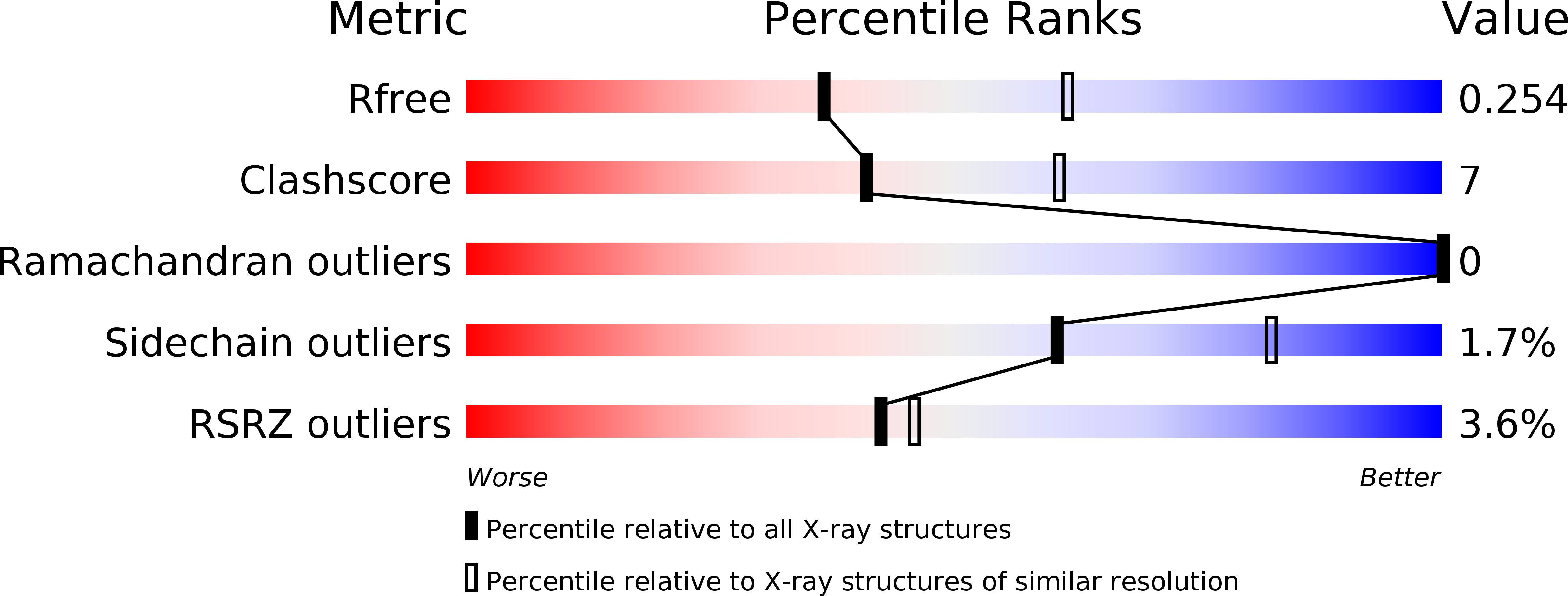
Deposition Date
2015-02-09
Release Date
2016-01-27
Last Version Date
2024-11-13
Entry Detail
PDB ID:
4Y2G
Keywords:
Title:
Structure of BRCA1 BRCT domains in complex with Abraxas single phosphorylated peptide
Biological Source:
Source Organism:
Homo sapiens (Taxon ID: 9606)
Host Organism:
Method Details:
Experimental Method:
Resolution:
2.50 Å
R-Value Free:
0.25
R-Value Work:
0.21
R-Value Observed:
0.21
Space Group:
P 32 2 1


